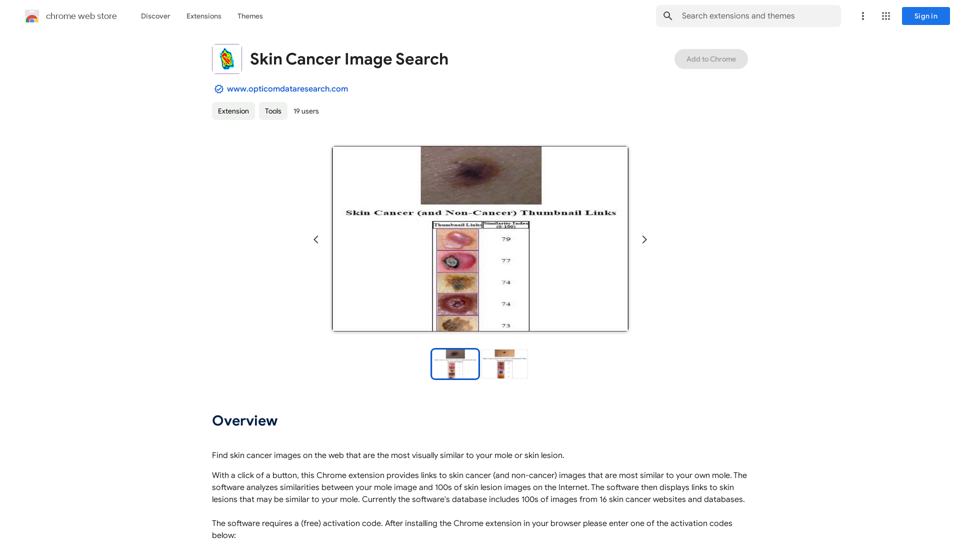Image Splitter is a free online tool designed to help users create stunning Instagram grids by dividing images into multiple squares. This tool enhances social media feeds, making it ideal for both casual users and professional influencers.
Image Splitter: Free Online Instagram Grid Maker
Create stunning Instagram grids with our free online image splitter. Easily divide your images into multiple squares to enhance your feed. Perfect for creating eye-catching layouts and boosting your social media presence!
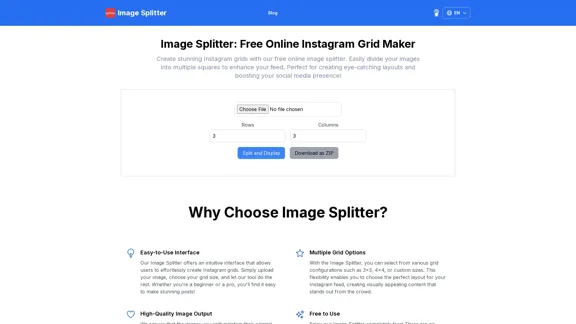
Introduction
Feature
-
Easy-to-Use Interface
The Image Splitter features an intuitive interface that allows users to upload images and select grid sizes effortlessly, catering to both beginners and experienced users.
-
Multiple Grid Options
Users can choose from various grid configurations, including 3x3, 4x4, or custom sizes, enabling personalized layouts that enhance visual appeal.
-
High-Quality Image Output
The tool ensures that split images maintain their original quality, allowing users to share high-resolution content that captivates their audience.
-
Free to Use
The Image Splitter is completely free, with no hidden fees or subscriptions, making it accessible for everyone.
-
No Registration Required
Users can start creating grids immediately without the need for registration, ensuring a hassle-free experience.
-
Mobile-Friendly Design
The tool is optimized for all devices, including smartphones and tablets, allowing users to create grids anytime and anywhere.
How to Use?
- Upload your image to the Image Splitter.
- Choose your desired grid size (e.g., 3x3, 4x4).
- Click on the split option to divide the image.
- Download the split images as a ZIP file for easy access.
FAQ
What is an image splitter?
An image splitter is a tool that divides a single image into multiple sections or grids, commonly used for social media layouts.
Is it free to use online image splitters?
Yes, basic functionalities are free, but some advanced features may require a paid subscription.
Can I use the Image Splitter for Instagram or TikTok?
Yes, it provides options for splitting images suitable for both platforms.
Can I split images into a custom number of rows and columns?
Yes, users can specify the number of rows and columns for custom splits.
How can I ensure the split images are of equal size?
The Image Splitter automatically divides the image into equal parts based on the specified rows and columns.
How can I use the Image Splitter for my boutique?
You can create engaging posts by splitting a large image into smaller parts and posting them sequentially for a mosaic effect.
Price
Free to use with no hidden fees or subscriptions.
The price is for reference only, please refer to the latest official data for actual information.
Evaluation
- The Image Splitter excels in providing a user-friendly experience, making it accessible for all skill levels.
- The quality of the split images is commendable, ensuring high-resolution outputs.
- However, the tool could benefit from additional advanced features, such as more customization options for grid layouts.
- While it serves its purpose well, users looking for extensive image editing capabilities may need to explore other tools.
Latest Traffic Insights
Monthly Visits
0
Bounce Rate
0.00%
Pages Per Visit
0.00
Time on Site(s)
0.00
Global Rank
-
Country Rank
-
Recent Visits
Traffic Sources
- Social Media:0.00%
- Paid Referrals:0.00%
- Email:0.00%
- Referrals:0.00%
- Search Engines:0.00%
- Direct:0.00%
Related Websites
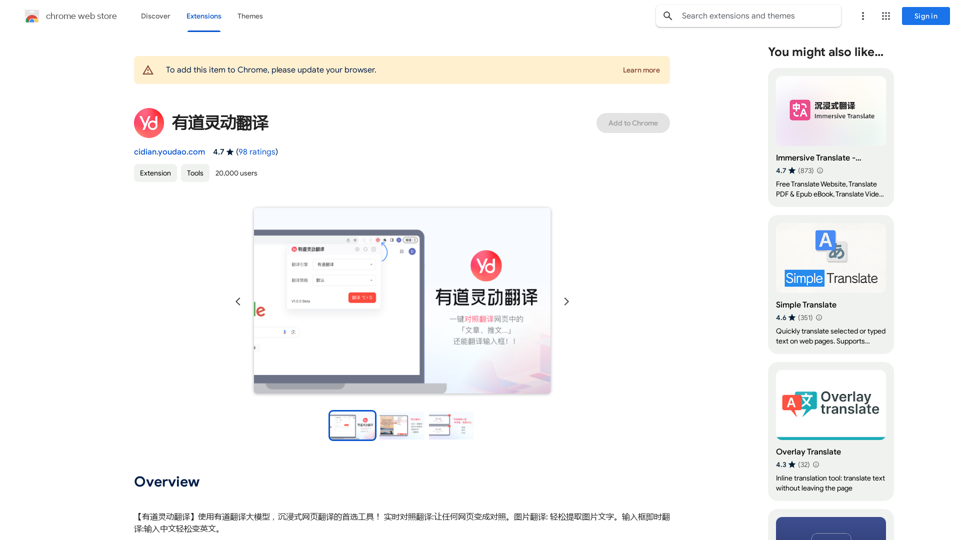
【Youdao Lingdong Translation】Using Youdao's large translation model, the top choice for immersive web translation tools! Real-time contrast translation: Turn any web page into a contrast. Image translation: Easily extract text from images. Instant translation input box: Enter Chinese and easily convert to English.
193.90 M
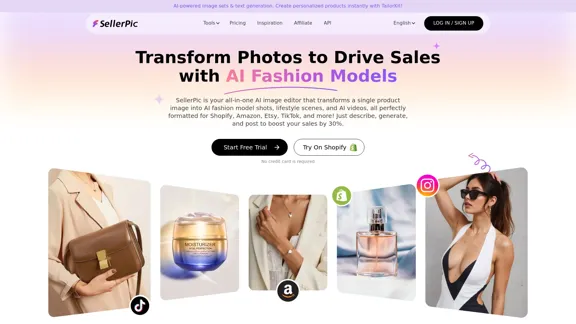
SellerPic: AI Fashion Models and Product Image Creator
SellerPic: AI Fashion Models and Product Image CreatorTransform your eCommerce store with AI Fashion Models and AI Product Images. Create stunning images that drive sales and revenue. Try it FREE!
203.22 K
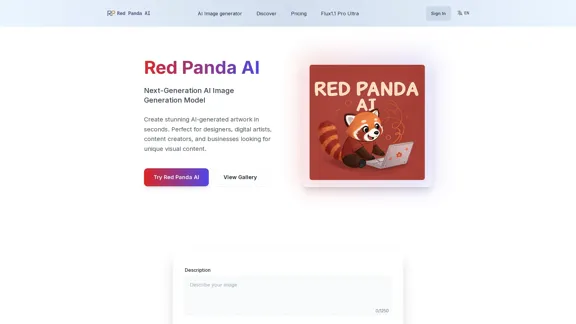
Red Panda AI | A New Future of AI Image Generation
Red Panda AI | A New Future of AI Image GenerationTransform your designs with our professional AI red panda image generator. Create stunning artwork with perfect text placement, vector support, and consistent style. Start creating for free.
688
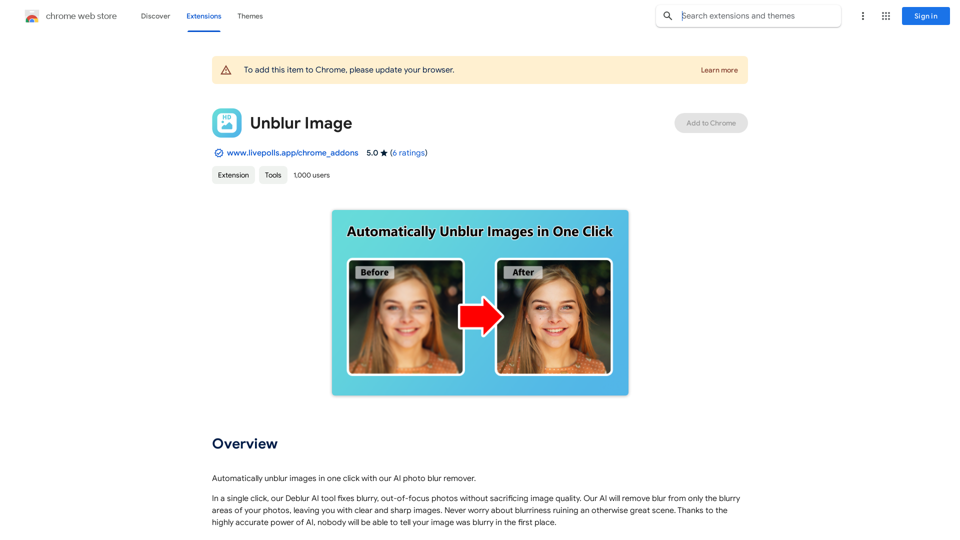
Unblur Image Unblur image refers to the process of removing blur or haze from an image to make it sharper and clearer. This technique is often used to enhance the quality of images that have been affected by camera shake, motion blur, or other factors that cause blur.
Unblur Image Unblur image refers to the process of removing blur or haze from an image to make it sharper and clearer. This technique is often used to enhance the quality of images that have been affected by camera shake, motion blur, or other factors that cause blur.Automatically unblur images in one click with our AI photo blur remover.
193.90 M
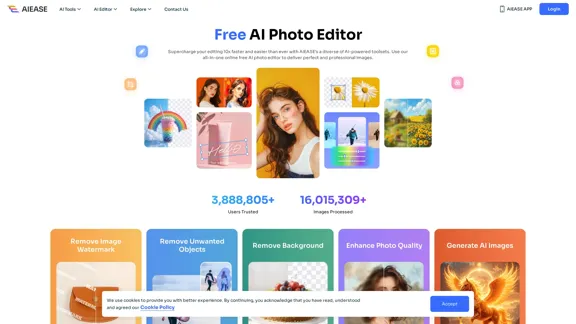
Free AI Photo Editor: Simplify Photo Editing Online - AI Ease
Free AI Photo Editor: Simplify Photo Editing Online - AI EaseSimplify and automate your photo editing with AI Ease. Experience a variety of AI photo editing tools to enhance every aspect of your images for free.
2.46 M

AI Spell Checker and Paraphrasing Tool for English, Spanish, German, French, Italian, Hindi, and 50+ Languages, Powered by ChatGPT
193.90 M
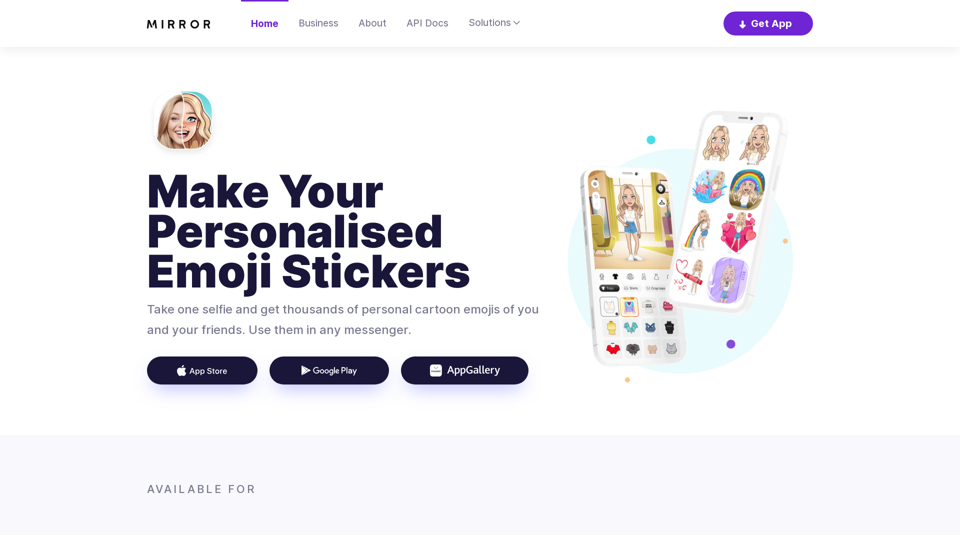
Mirror AI - Emoji Maker and Free AI Avatar Creator
Mirror AI - Emoji Maker and Free AI Avatar CreatorMirror is your personal sticker creator! Take a single selfie and receive thousands of personalized emojis and stickers featuring you and your friends. Use them in WhatsApp, Facebook, iMessage, Telegram, and other messaging apps!
33.59 K
